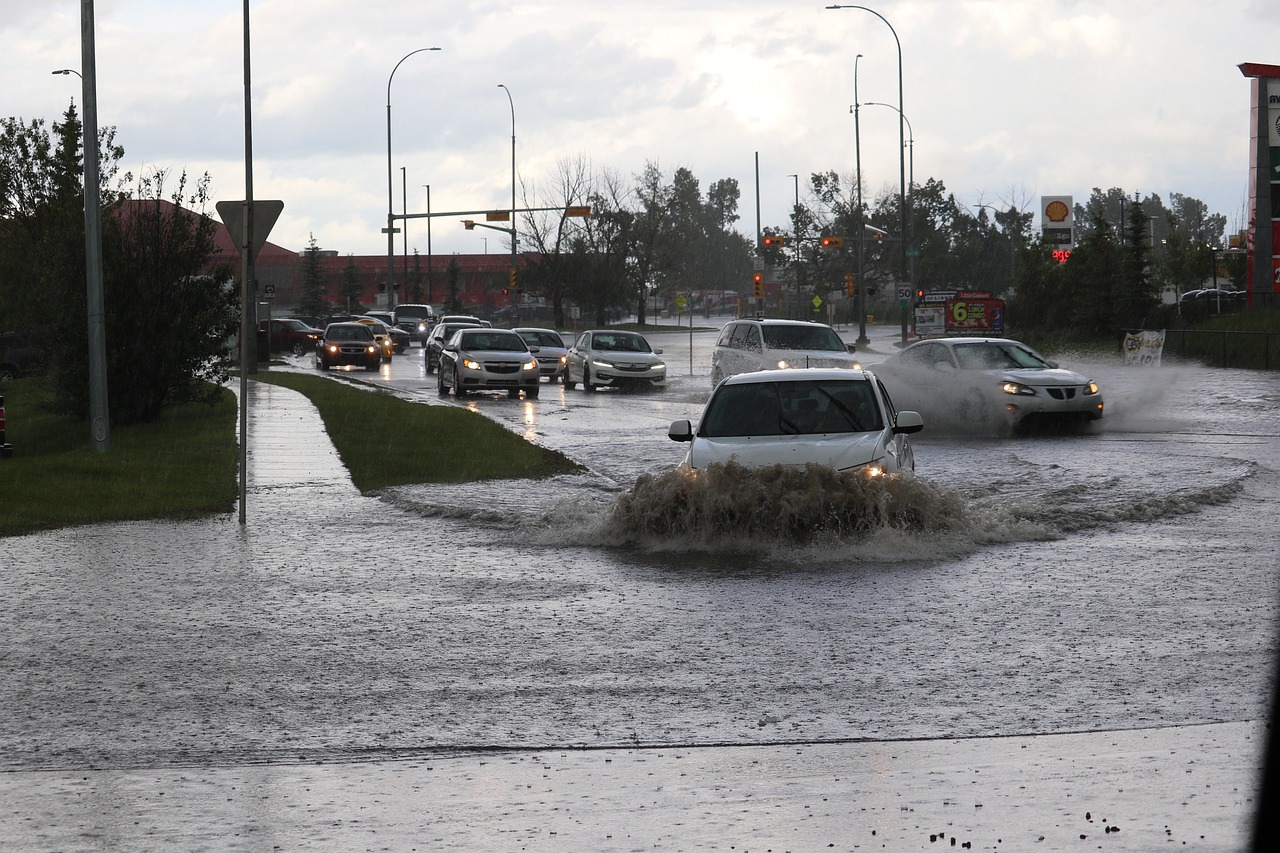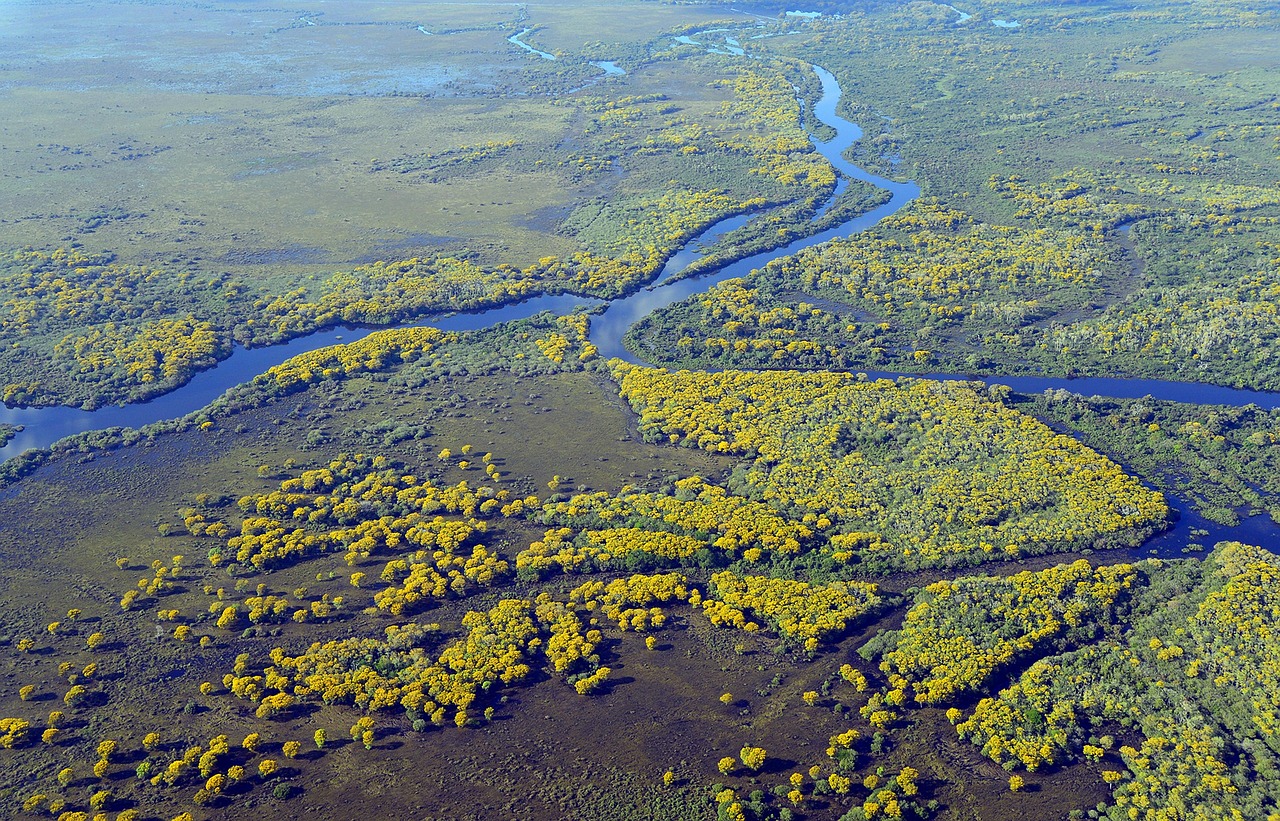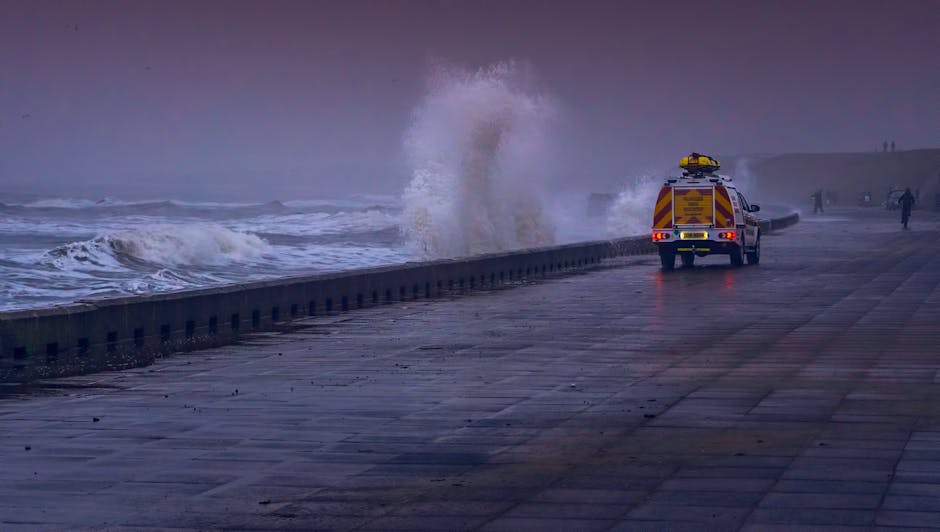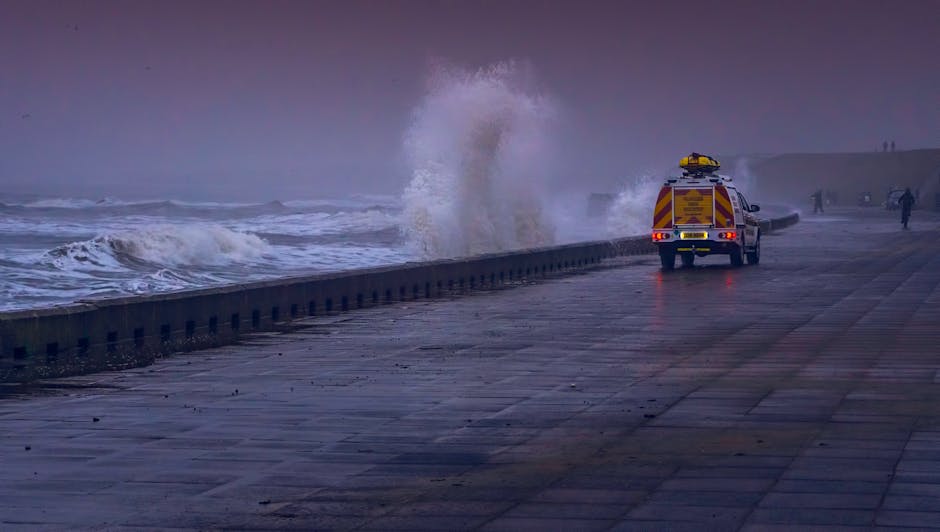Understanding the Phenomenon of Rising Sea Levels

Rising sea levels are a significant concern in today’s world, especially for coastal regions. This phenomenon is primarily driven by climate change, which accelerates the melting of ice caps and glaciers, and causes thermal expansion of seawater. As the globe warms, oceans absorb more heat, which in turn causes the water to expand. Combined with melting ice, these factors contribute to rising sea levels. In the United States, the effects of rising sea levels are felt differently in various states, depending on their geographical location and topographical features. The implications are vast, impacting everything from ecosystems to human settlements and infrastructure.
The State at the Forefront: Louisiana

Louisiana stands out as the U.S. state experiencing the fastest-rising sea levels. This is due to a combination of factors, including its low-lying geography and the natural subsidence of land. Subsidence is a process where the ground slowly sinks, exacerbating the effects of rising sea levels. The Mississippi River Delta, a significant part of Louisiana, is particularly vulnerable. This combination of natural and man-made factors makes Louisiana a focal point for understanding the impacts of rising sea levels. As water levels continue to rise, the state faces increased risks of flooding and land loss.
The Impact on Coastal Communities

The impact of rising sea levels on coastal communities in Louisiana is profound. Many towns and cities are already experiencing increased flooding, which disrupts daily life and can cause significant economic damage. For example, New Orleans, a city already below sea level, is constantly at risk. The rising waters threaten homes, businesses, and public infrastructure, leading to costly repairs and adaptations. Additionally, frequent flooding can lead to health issues, such as waterborne diseases. Residents often find themselves in a constant battle to protect their homes and livelihoods from encroaching waters.
Environmental Consequences

The environmental impact of rising sea levels in Louisiana is equally concerning. Wetlands, which are vital for biodiversity and act as natural barriers against storms, are rapidly disappearing. This loss not only threatens wildlife but also reduces the state’s natural defenses against hurricanes. As these ecosystems vanish, species that depend on them for survival are also at risk. The degradation of wetlands and other natural habitats disrupts local ecosystems, leading to a loss of biodiversity that can have far-reaching effects. The balance of these ecosystems is delicate, and the rising sea levels are tipping the scales unfavorably.
Economic Implications

Economically, the rising sea levels present a formidable challenge for Louisiana. The state’s economy is heavily reliant on industries like fishing, tourism, and oil and gas, all of which are threatened by the encroaching waters. Coastal erosion can lead to the loss of valuable land and resources, impacting businesses and reducing state revenue. The cost of adapting infrastructure and protecting properties is immense, stretching state budgets thin. Moreover, as insurance premiums rise and property values decrease, residents face added financial burdens. The economic ripple effects can be felt across various sectors, affecting both local and state economies.
Adapting to Change

In response to rising sea levels, Louisiana is exploring various adaptation strategies. These include building levees and flood barriers, restoring wetlands, and implementing stricter building codes. The state is also investing in research to better understand and predict sea level changes. Community resilience is a key focus, with efforts to educate and prepare residents for the challenges ahead. Despite these efforts, there is an ongoing debate about the best long-term solutions. Balancing immediate needs with sustainable practices remains a challenge, and innovative approaches are necessary to ensure the state’s future viability.
Government and Policy Responses

At the governmental level, policies are being crafted to address the challenges posed by rising sea levels. State and federal agencies are collaborating to fund and implement projects aimed at mitigating the impact of flooding and erosion. Policy decisions are increasingly being informed by scientific data and community input. However, political and financial constraints often limit the scope and effectiveness of these measures. Policymakers face the difficult task of prioritizing resources and making tough decisions about land use and development. The need for cohesive and comprehensive policies is more urgent than ever.
The Role of Science and Technology

Science and technology play a crucial role in understanding and addressing the problem of rising sea levels. Advanced modeling and satellite data provide insights into future scenarios, helping to guide decision-making. Innovations in engineering and materials science are being leveraged to develop more effective flood defenses and sustainable infrastructure. Research initiatives are also focused on restoring and preserving natural habitats as part of the solution. The integration of technology and traditional knowledge is essential for developing adaptive strategies. As scientific understanding evolves, so too must the approaches to managing rising sea levels.
Community Engagement and Awareness

Community engagement is vital for effectively addressing the challenges of rising sea levels. In Louisiana, local communities are becoming increasingly involved in adaptation efforts. Grassroots movements and local organizations are advocating for sustainable practices and policies. Education campaigns aim to raise awareness about the risks and encourage proactive measures. By fostering a sense of ownership and responsibility, communities are better equipped to cope with the changes. Collaboration between residents, scientists, and policymakers is key to creating resilient communities. The collective effort can drive meaningful change and support sustainable development.
Looking to the Future

The future of Louisiana in the face of rising sea levels is uncertain, but not without hope. While the challenges are significant, the state’s commitment to adaptation and resilience offers a path forward. Continued research, innovation, and collaboration are crucial for developing effective solutions. The lessons learned in Louisiana can serve as a model for other regions facing similar challenges. By addressing the issue head-on and embracing change, Louisiana can pave the way for a more sustainable and secure future. The journey is complex, but with determination and cooperation, there is potential for positive outcomes.






